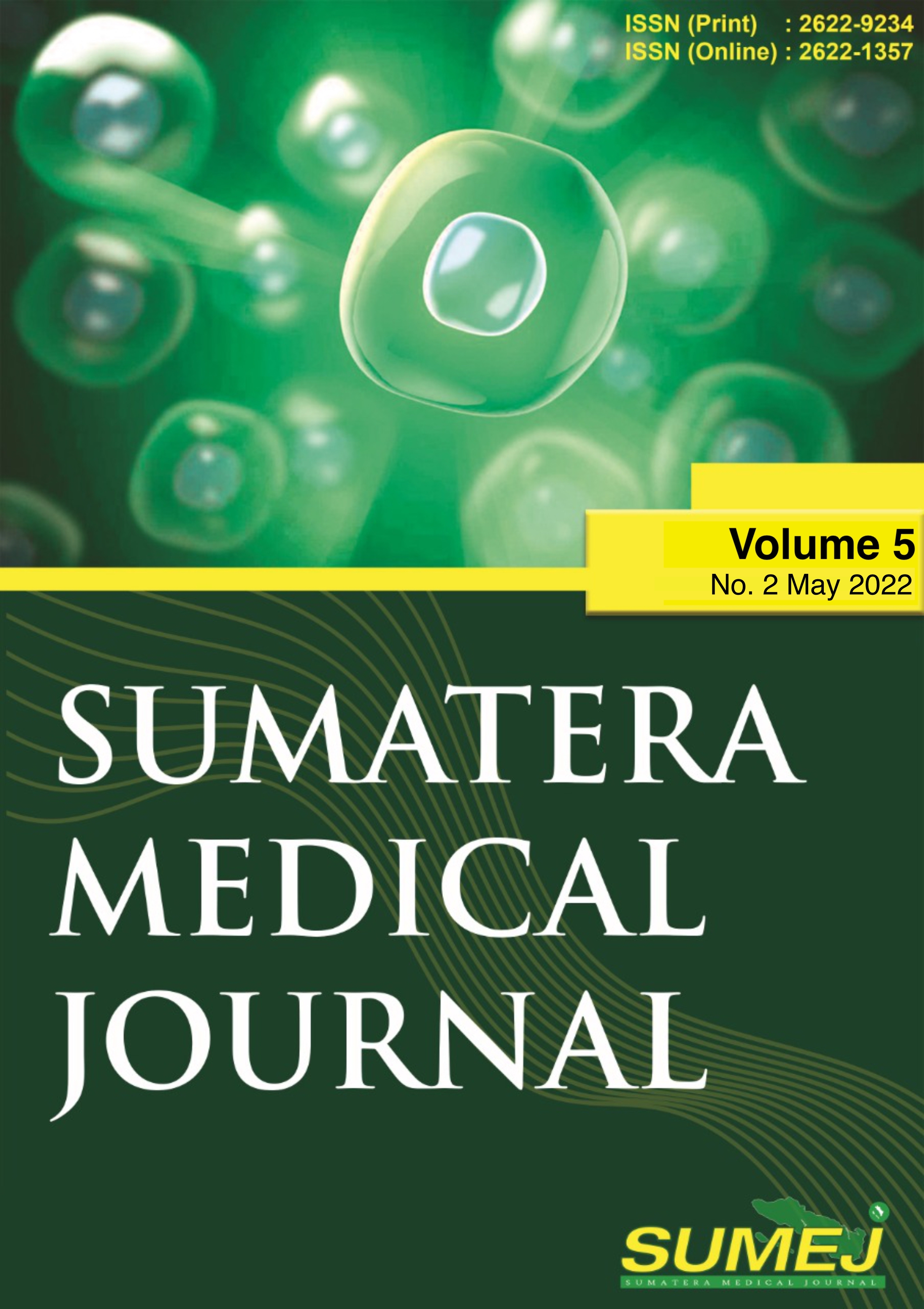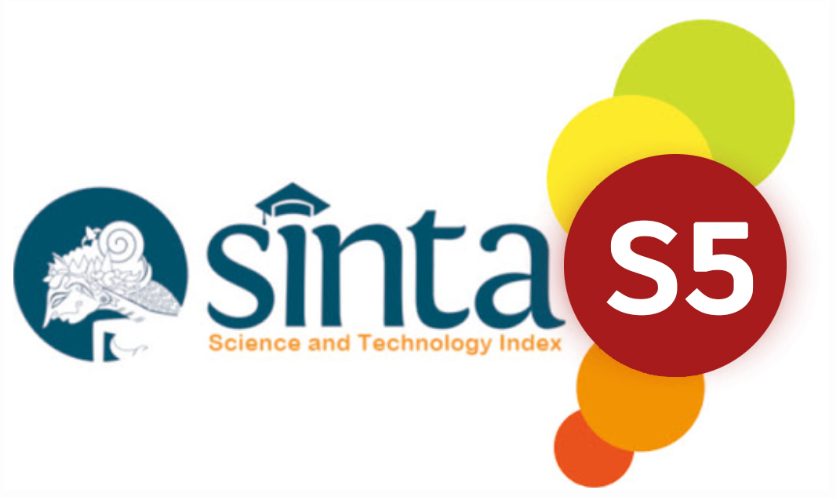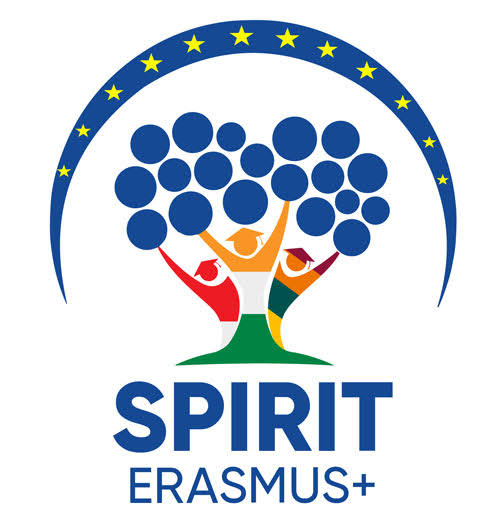An Overview of the Level of Knowledge of Medical Student of Universitas Sumatera Utara about Risky Pregnancies
DOI:
https://doi.org/10.32734/sumej.v5i2.7964Keywords:
Risky pregnancy, risk factor, level of knowledgeAbstract
Background. One indicator of a country's health status is the Maternal Mortality Rate (MMR). Every pregnant woman has potential dangers during pregnancy, childbirth, and puerperium. Until now, in all parts of the world, risky pregnancies, especially high-risk pregnancies, are still a problem in health services, especially in developing countries. In Indonesia, MMR decreased during the period 1991-2015 from 390 to 305 per 100,000 live births. However, this is still far from the MDGs target goal, which is 102 per 100,000 live births. Many women are still pregnant or giving birth at a risky age. This condition leads to many complications (especially high-risk pregnancies) such as miscarriage, premature birth, genetic disorders, and even death. This may occur due to the lack of knowledge and education of general practitioners who serve pregnant women, especially in peripheral areas. Objective. This study aims to determine the knowledge level of Medical students of Universitas Sumatera Utara about risky pregnancy. Methods. This research was conducted in a quantitative descriptive study with a cross-sectional design. This research was conducted at the Faculty of Medicine, Universitas Sumatera Utara. The samples of this study were students of the Faculty of Medicine, Universitas Sumatera Utara, which were taken by proportionate stratified. Primary data was collected using a questionnaire containing 21 true and false questions. Result. It was found that the knowledge of students from the Faculty of Medicine, Universitas Sumatera Utara class 2018 and 2019 regarding risky pregnancies was good (85.7%). Conclusion. Students of the Faculty of Medicine, Universitas Sumatera Utara, class of 2019 have better knowledge than students of class 2018.
Downloads
References
Andhini, N. F. (2017) ‘AKI dan AKB’, Journal of Chemical Information and Modeling,
(9), pp. 1689–1699.
Kemenkes RI (2020) Pedoman pelayanan antenatal, persalinan, nifas, dan bayi baru
lahir di Era Adaptasi Baru.
Kemenkes RI (2020) Profil Kesehatan Indonesia 2019 [Indonesia Health Profile 2018].
Available at:
Indonesia, K. K. R. (2021) Profil Kesehatan Indonesia 2020, Kementrian Kesehatan
Republik Indonesia. [Online] Available at:
Hadid, A. L. (2021) ‘Tingkat Pengetahuan Wanita Usia Subur terhadap Kehamilan
Risiko Tinggi di Lingkungan RW. 08 Kelurahan Pekan Sabtu Kota Bengkulu’.
Wijayanti, H. L. (2015) ‘Tingkat Pengetahuan Wanita Usia Subur Tentang Resiko
Tinggi Jarak Kehamilan Kurang dari 2 Tahun di Panggungrejo Surakarta’.
Lathifah, L. (2017) ‘Pengetahuan Ibu Hamil Tentang Kehamilan RIsiko Tinggi di
Puskesmas Kasihan II’, pp. 2–12. [Online] Available at:
http://digilib.unisayogya.ac.id/3769/1/NASKAH PUBLIKASI.pdf.
Corneles, S. and Losu, F. (2015) ‘Hubungan Tingkat Pendidikan Dengan Pengetahuan
Ibu Hamil Tentang Kehamilan Risiko Tinggi’, Jurnal Ilmiah Bidan, 3(2), p. 91532.
Koehtae, A. S. (2015) ‘Gambaran Tingkat Pengetahuan Ibu Hamil tentang Kehamilan
Berisiko di Puskesmas Ngesrep’, pp. 1–71.
Hawari, D. (2016). Manajemen Stress Cemas & Depresi. Jakarta: FKU
Downloads
Published
How to Cite
Issue
Section
License
Copyright (c) 2022 Sumatera Medical Journal

This work is licensed under a Creative Commons Attribution-NonCommercial-NoDerivatives 4.0 International License.
The Authors submitting a manuscript do so on the understanding that if accepted for publication, copyright of the article shall be assigned to Sumatera Medical Journal (SUMEJ) and Faculty of Medicine as well as TALENTA Publisher Universitas Sumatera Utara as publisher of the journal.
Copyright encompasses exclusive rights to reproduce and deliver the article in all form and media. The reproduction of any part of this journal, its storage in databases and its transmission by any form or media, will be allowed only with a written permission from Sumatera Medical Journal (SUMEJ).
The Copyright Transfer Form can be downloaded here.
The copyright form should be signed originally and sent to the Editorial Office in the form of original mail or scanned document.











